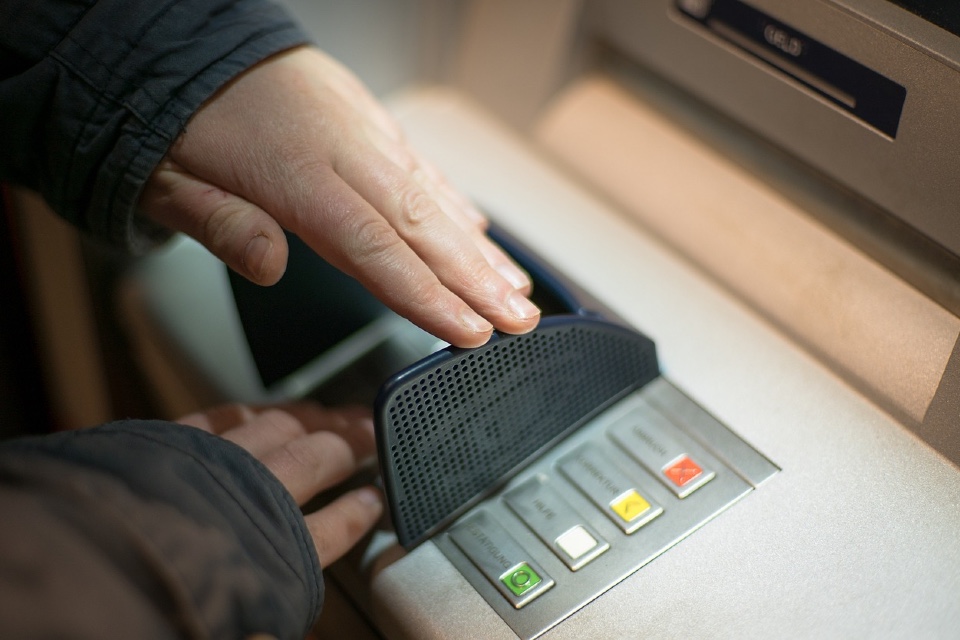Staying Ahead of the Game: What’s new in payment fraud detection tools and technology
In the fast-paced world of digital payments, fraud detection critical. Cybercriminals are constantly evolving their tactics, necessitating more sophisticated tools and technologies to counter these threats. As the sector continues to evolve, several key trends are emerging in payment fraud detection.
Firstly, the use of Artificial Intelligence (AI) and Machine Learning (ML) is transforming fraud detection. AI and ML algorithms can analyse vast amounts of data in real time, identifying patterns and anomalies that may indicate fraudulent activity. They continuously learn and adapt to new fraud tactics, improving their detection capabilities over time. These technologies also allow for predictive analytics, helping to identify potential fraud before it happens.
Secondly, the rise of biometric authentication represents a significant trend. Traditional methods of authentication like passwords and PINs can be stolen or hacked, but biometric data – such as fingerprints, facial patterns, and voice recognition – provide a more secure alternative. The use of biometric authentication in payment processes can greatly enhance fraud detection and prevention.
Another emerging trend is the application of blockchain technology. Blockchain’s decentralised, transparent, and immutable nature makes it a powerful tool for fraud detection. Transactions recorded on a blockchain cannot be altered or deleted, making fraudulent activity easier to trace and harder to execute.
The trend towards multi-factor authentication (MFA) is also gaining momentum. MFA requires users to provide two or more forms of identification before a transaction can be approved. This might include something they know (like a password), something they have (like a mobile device), and something they are (a biometric factor). This layering of security measures significantly reduces the risk of fraud.
Behavioral analytics is another key trend. This technology analyses how a user interacts with a system – their typing speed, mouse movements, device usage patterns, and more. Any deviations from normal behaviour can trigger an alert, helping to identify fraudulent activity.
Lastly, the increasing integration of fraud detection systems is noteworthy. Rather than operating in silos, different fraud detection tools and technologies are being combined into integrated systems. This holistic approach enhances the accuracy and speed of fraud detection, providing a more robust defense against cyber threats.
The trends shaping payment fraud detection reflect a broader shift towards advanced, integrated, and proactive solutions. As these trends continue to evolve, businesses must stay ahead of the curve to protect themselves and their customers from the ever-present threat of fraud.
The ultimate goal remains to build a secure, trustworthy digital payment ecosystem in an increasingly interconnected world.
If you’re on the hunt for fraud detection tools for your business, the Merchant Fraud Summit is here to help!
Image by Sebastian Ganso from Pixabay

